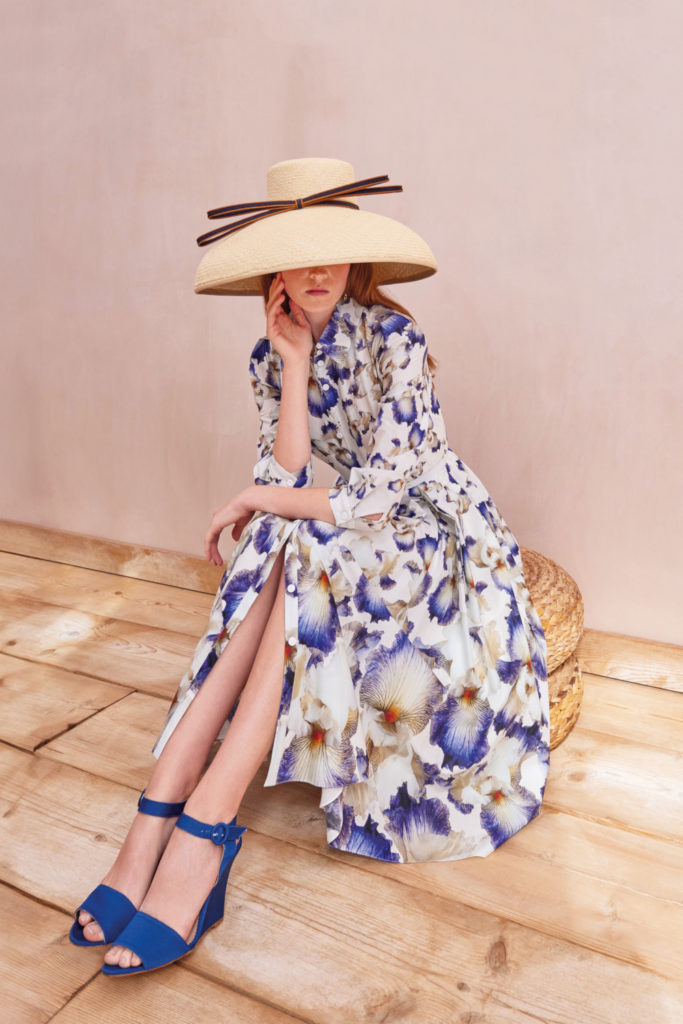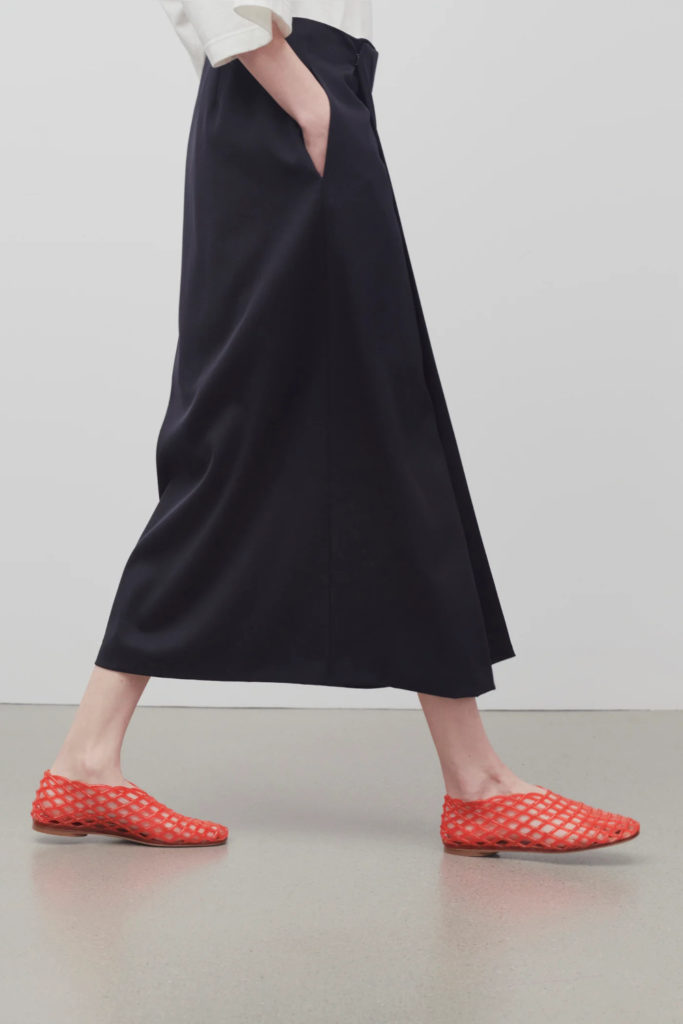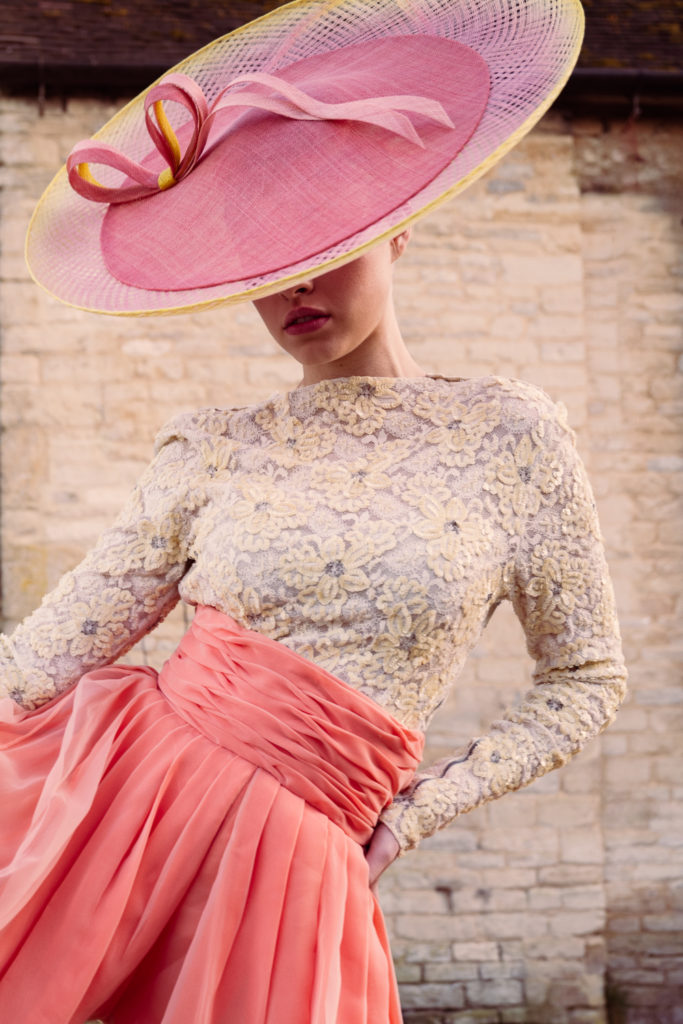What is Traceability?
By
3 years ago
What to know about the industry buzzword
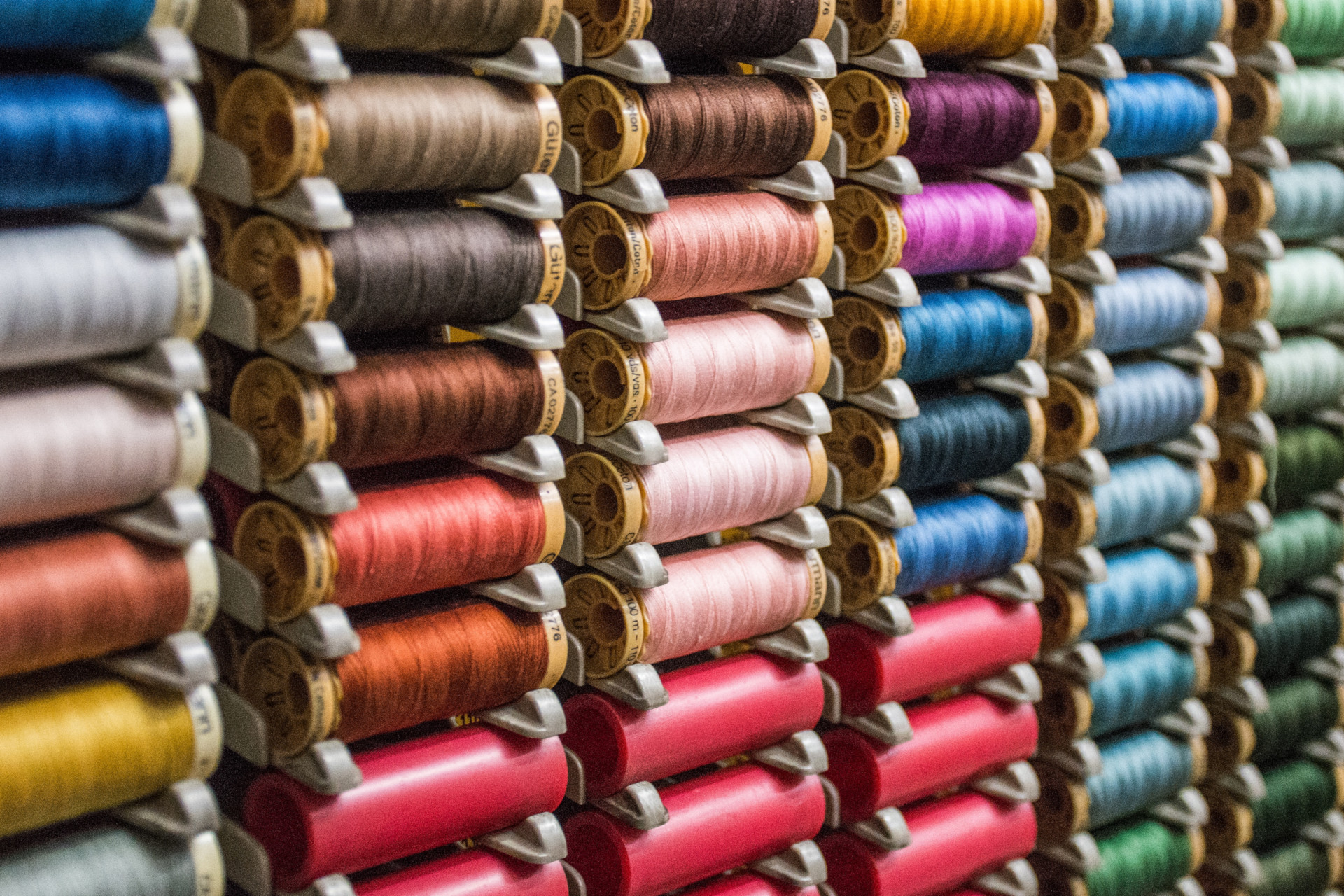
Ever wondered where your favourite shirt, dress or jumper came from? How about those swish pair of boots you bought last week? While many brands can tell you exactly how their products are made and where, it’s a slightly different story when it comes to the whole supply chain. We’re becoming more and more attuned to traceability in the industry, but it’s still a rather murky topic at best. We spoke to British fashion brands Valentina Karellas and Glencroft, to get some clarity on the subject.
What is Traceability?
‘It is essentially what it says in the word ‘trace’; to be able to trace where the origin of that garment or product came from, from its very source and tracking its end journey,’ says Valentina Karellas, founder of her self-titled London-based knitwear brand. ‘There’s a similar idea in food, where people say ‘farm to table’ – its knowing the complete journey from the very source of the fibre, to spinning the yarn, weaving the fabric, cutting and sewing the seams to the to the shop floor. It does not end with just the fabric, it is breaking down every element of the garment, so the threads, buttons and zips that are used, as well as where it was made and specifically which factory.’
‘Transparency is honesty and communication,’ adds Edward Sexton, owner of family-run British countrywear brand Glencroft. ‘Being as clear as you possibly can to people about what words like traceability and sustainability mean to you and your business. It’s about the extent to which you’re doing what you say you are, and then proactively telling your customers about it – either on your labelling, via email communications and social media or on your website.’
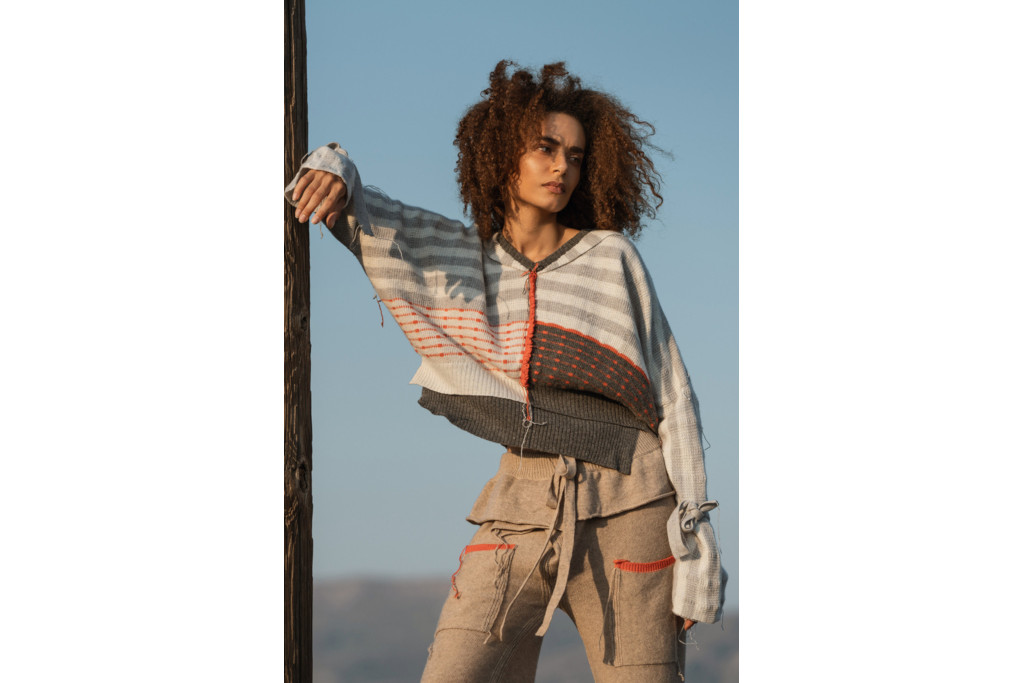
Photo courtesy of Valentina Karellas
Ironically, there’s still quite a bit of murkiness surrounding the topic, with many consumers unsure of how to tell when a brand is being genuine about its traceability credentials. As Valentina notes: ‘Sadly, some fast fashion brands use this as a ‘buzz’ word, to greenwash all the bad they do, which confuses the consumer into thinking they are buying something that is traceable. However, no matter how traceable they claim their items are, they deal with such volumes and speed that it is very difficult to be as traceable as they claim.’
Edward similarly highlights the issue: ‘I think it’s incredibly important for businesses to be honest about what they do ‘actually do’, because it makes for a more informed consumer. There are too many smoke and mirrors in the world of fashion with use of words like ‘organic’, ‘sustainable’ and ‘traceable’ thrown about liberally without actually explaining what each means.
‘By including correct information on our products, we are putting ourselves up for analysis. Some people in the past have said they were disappointed that we didn’t make our Harris Tweed caps on the Isle of Harris in Scotland.
‘The truth is that we use cloth that is hand-woven on the Outer Hebrides and ship it to the North of England where we manufacture the flat caps – it’s an entirely British product. Many big brands’ Harris Tweed flat caps are actually made in China, but they don’t necessarily include that information on the product so customers assume it’s made in Scotland.’
This brings us to a common misconception when it comes to traceability: that products and the materials used to make them are created entirely in one place. ‘We find there’s an assumption that we’re producing everything ourselves on machines in our Dales warehouse from our local sheep, or even that we keep sheep,’ say Edward. ‘Consumers want to believe in a perfectly contained supply chain. But the truth is that we use a variety of traditional mills, factories and tanneries across the North of England and further afield – allowing us to draw on their specialties to create our range.’
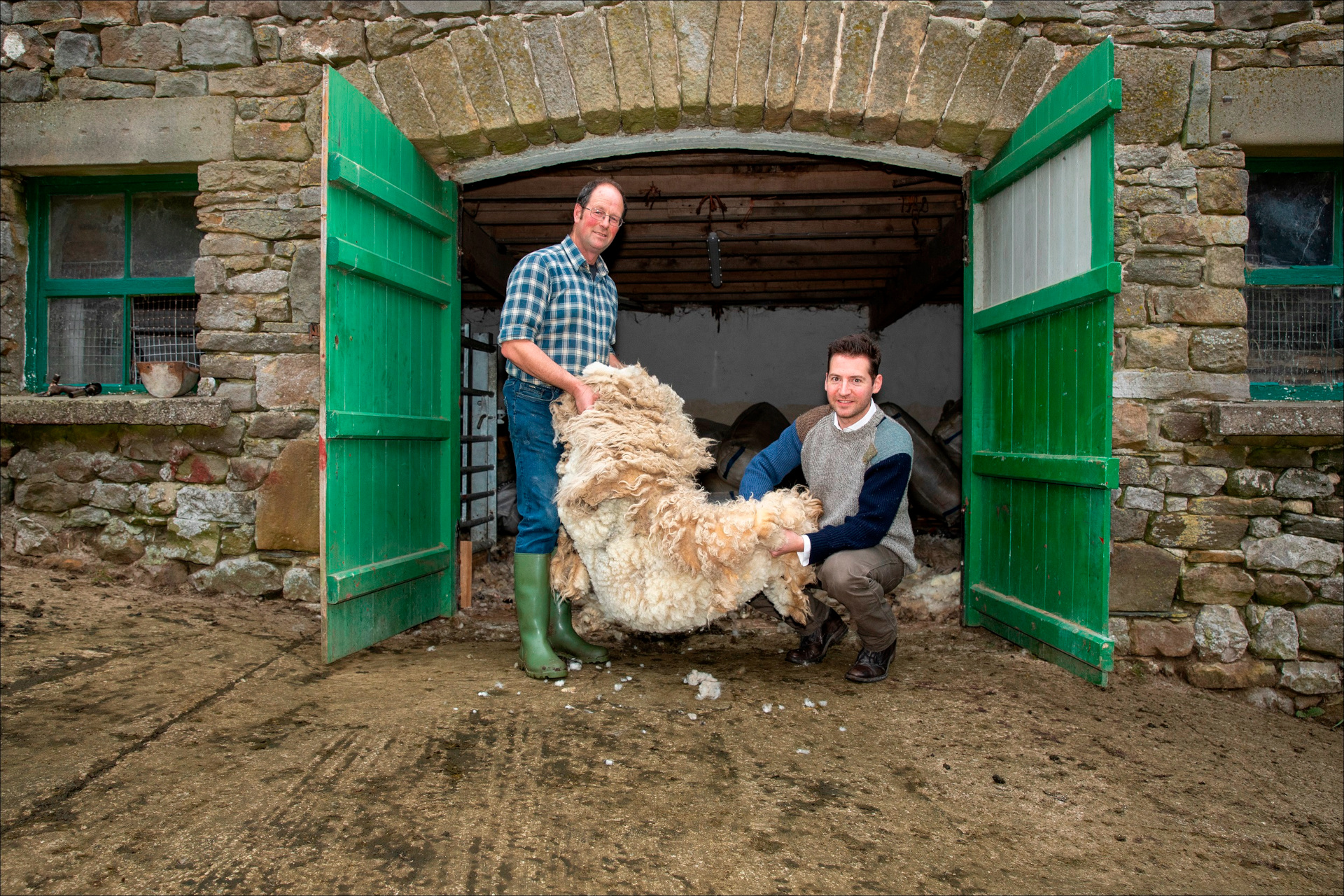
Edward Sexton (right) with farmer John Dawson, inspecting the fleece for Glencroft’s traceable Clapdale Wool Project (Photo courtesy of Glencroft)
What’s the difference between traceability and transparency?
‘Traceability is essentially knowing the full journey of the garment,’ says Valentina. ‘Transparency is simply sharing this information; certain facts of how the item is made and the process. Transparency could also go even further where a brand could share what the item cost to make or what they paid their factory workers, fundamentally ‘revealing’ some or all of the brands information.’
‘The two are inextricably linked because it is important to be transparent about your business’ traceability credentials,’ adds Edward.
What are the pros and cons of having a traceable supply chain?
PROS
One of the biggest benefits of traceability appears to be greater opportunity for transparency, with greater accountability given at all levels of the manufacturing process. ‘It is extremely positive to have a traceable supply chain, being traceable gives everyone involved a piece in the puzzle that makes a garment,’ highlights Valentina. ‘It gives the consumer the full spectrum of information and be informed to make the right decisions when making a purchase, they are not going in blind.’
By sharing this information, brands also enable their customers to make informed decisions and facilitate opportunities where they can get to know the brand on a deeper level. As Edward notes: ‘You know exactly what you’re getting and over time, when you also get to know everyone in the mill from the boss to the factory floor, it makes your supply chain pretty seamless. Yes, it can cost more but customers know what they are getting.
‘In the past decade, consumers have come to demand traceability and, particularly over the past few years, consumers really investigate a brand’s claims – they often won’t just take the word ‘traceable’ written on a website as proof. This is good if you are actually doing what you’re saying you’re doing, because you will understand the benefits and challenges that traceability poses for your business. We want to survive for another 35 years having as traceable a supply chain as we can, so living what we breathe in traceability terms will continue to be vital.’
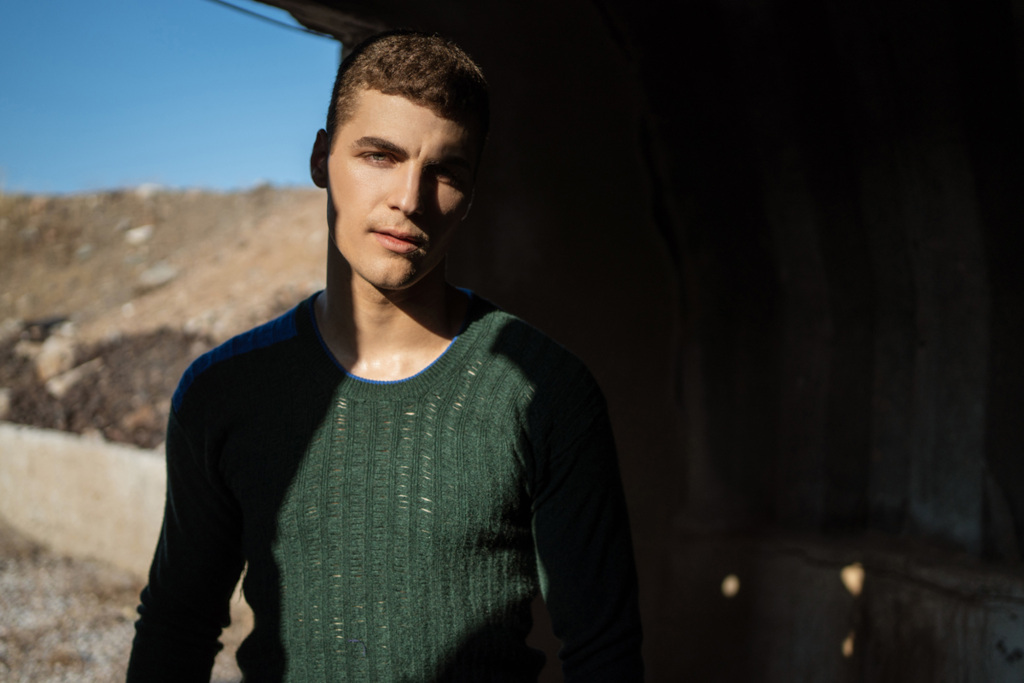
Photo courtesy of Valentina Karellas
CONS
But with this visibility comes greater critique, and it’s also a veery tough commitment. ‘The more honest and clear you are about your supply chain, the closer the inspection you will invite from all your customers,’ highlights Edward. ‘However, I don’t necessarily think it’s a bad thing. If you’re saying that you’re being traceable, having people question you on this or point out places you could do better makes you a better business. Although it can be difficult to take or create more work, in the long term it shows your commitment to traceability.
‘It’s hard! It’s one thing to get a jumper produced in the North of England from British Wool, but trying to figure out exactly where the thread comes from that sews on the label is trickier – particularly when your factory purchased it 20 years ago in bulk. So, you have to be realistic and look to how you do things now and what you do know, and just be honest with your customer.’
There’s also the dreaded possibility of greenwashing, says Valentina. ‘I would say the only cons is when fast fashion brands use these words to manipulate the system and confuse the consumer to make the wrong decision. Essentially, to use these words for marketing, rather than to actually make a difference in the garments supply chain.’
Is a brand more sustainable if they have greater traceability?
The answer? Not necessarily. While a bonus, traceability isn’t the be-all and end-all of sustainability – especially when some things simply can’t be traced. ‘The obvious answer is yes – traceability and sustainability go hand-in-hand – however, that’s not to say a brand is not sustainable by not having full traceability,’ highlights Valentina. ‘For example, a lot of small brands use vintage fabrics, or second hand garments and upcycle them, this is a great way to utilise items that would have gone to waste. Given that this is a product that already exists and maybe for more than 30 years, it is extremely difficult to trace this, but the brand is still doing amazing work to lengthen the life of these items.’
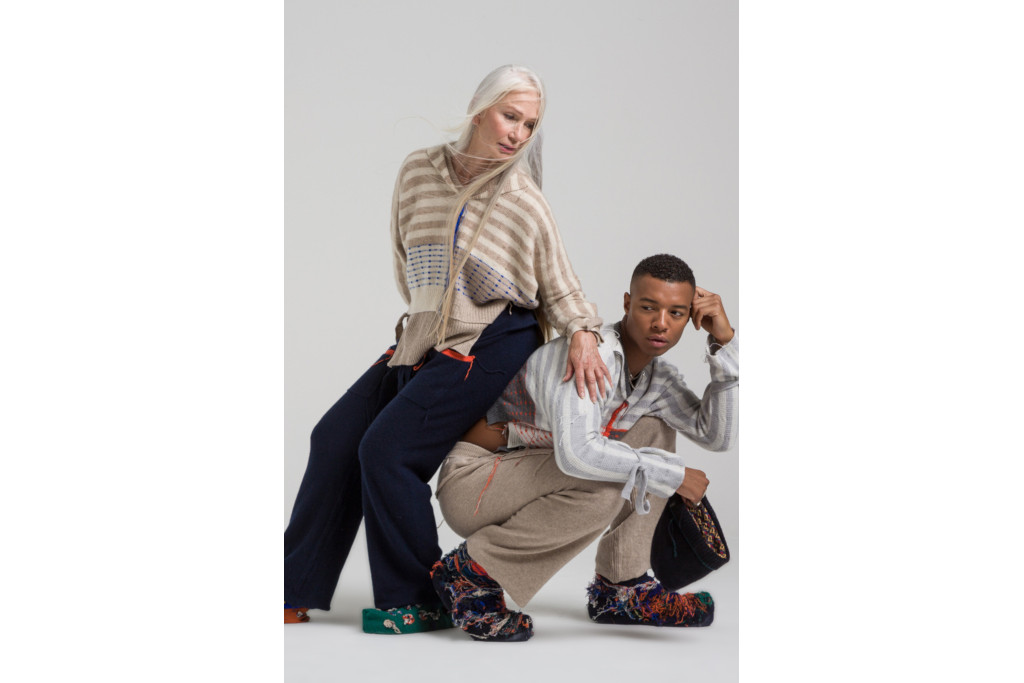
Photo courtesy of Valentina Karellas
Are we more likely to shop with brands that are traceable and transparent?
‘Yes, absolutely,’ says Edward. ‘It comes down to trust. I buy from brands I can trust. Trust is built up with brands as much as it is between people, with honesty, traceability and transparency at their heart, as well as a willingness to learn from mistakes and do better.
‘There are, of course, a lot of important considerations when you make a purchase – do you need it, how much can you afford, what quality do you require, can you purchase it second hand. But for me, traceability and transparency are key if there’s a choice of more than one product.
‘It’s also down to brands to make it clear what those benefits are. Such as by buying a locally made product which stimulates the local economy or purchasing something made responsibly overseas which ensures that those who made it earn enough money to live off.’
Valentina adds that this is largely down to us being curious about where our products come from. ‘There has definitely been a shift in consumer behaviour and thinking. The new generation are now asking more questions about their garments: how they are made? Are workers who produce our clothes paid a fair living wage?
‘The fact that fast fashion houses are able to sell garments for a cost of a coffee is still going to appeal to the masses. With that said there has been a shift in consumers behaviour into other forms of shopping, whether its reselling items, upcycling, mending etc. Which is extremely positive, it is becoming ‘cool’ again to sew your own garments, or buy from charity shops.’
‘We should all ask more questions of the brands we purchase from,’ finishes Edward. ‘Your money is hard earnt, what has a particular brand done to make you part with that. Is there someone doing it better?’
Featured image: Hector J Rivas, Unsplash
MORE GUIDES
What is Zero Waste Beauty? / What is Fast Fashion?

